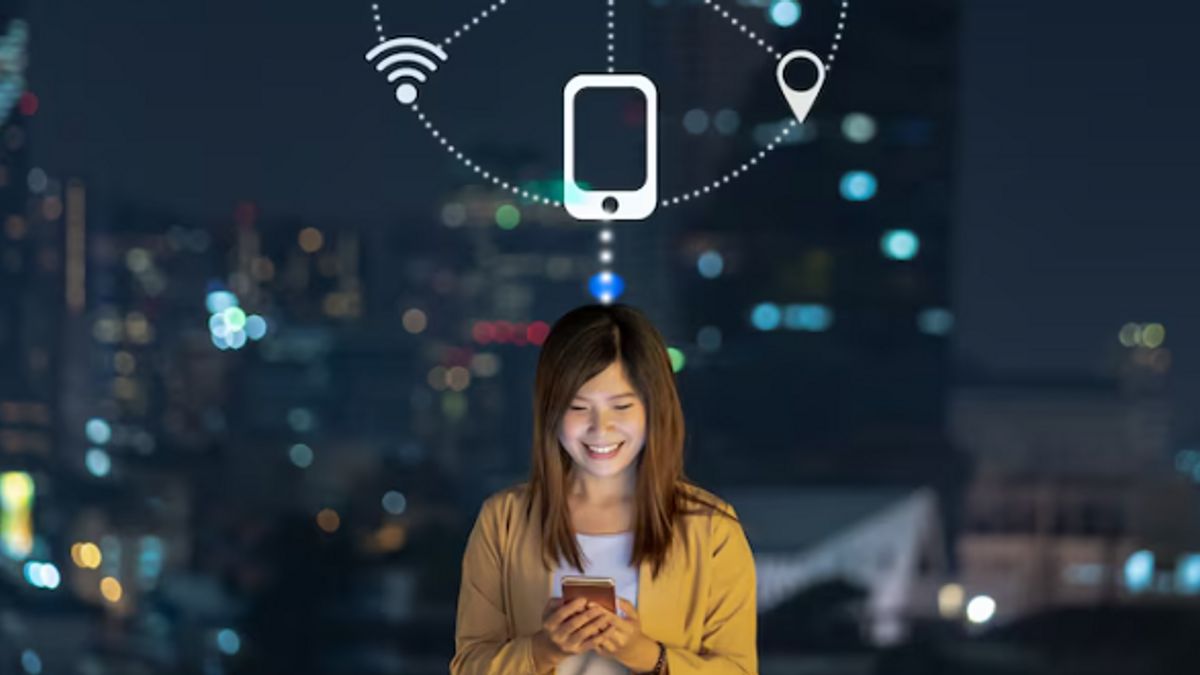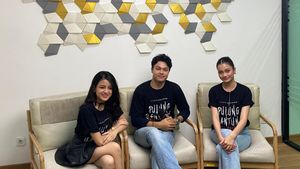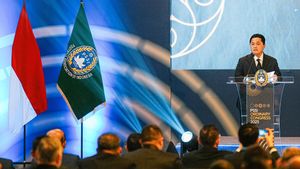YOGYAKARTA - The concept of the Internet of Things (IoT) is very much needed in the era of the increasingly massive development of digital technology as it is today. Along with digital transformation, IoT plays an important role in facilitating human life. However, not many know the Internet of Things and its implementation.
The Internet of Things is very much needed by various business sectors to be able to move forward, in creating advanced innovations and services with the latest technology. The concept of IoT will continue to be closely related to human life from now on until in the future.
As individuals who are inseparable from the use of technology, it is important for us to know the Internet of Things and its components. Also understand how IoT is used in various sectors.
The Internet of Things (IoT) is a concept that illustrates that the internet can be the center of everything. This concept refers to objects equipped with technology, such as sensors and software, in order to be able to connect, communicate with each other, and exchange data with other devices through the internet.
With these sensors and software, these objects can enhance digital intelligence, allowing them to interact and send data automatically without human intervention. In this case, the role of humans is limited to monitoring and control.
IoT is closely related to Machine-to-Machine (M2M). All devices supporting M2M communications are known as smart devices, such as smartphones, coffee machines, speakers, floor cleaning robots, and others. The device is designed to make it easier for humans to complete various activities.
The development of IoT is strongly influenced by several components in it. Each component in IoT is an important part in facilitating activity and producing the expected output.
Here are some components on the Internet of Things that need to be understood:
Sensors are vital components in the IoT system. With the sensor, the machine can recognize instruments that allow the transformation of an initially passive IoT device to become active and integrated. This sensor allows IoT devices to interact dynamically, convert network systems that were previously passive to be active and able to adapt to the surrounding environment.
The next component is Artificial Intelligence (AI) or artificial intelligence, which is a system developed by humans to enable machines to think and act like humans. AI is tasked with collecting data, designing and developing algorithms, and building networks to support its functions.
Another important component is connectivity. This component supports the IoT system so that communication can run well. For this reason, the connectivity used must have optimal stability.
The last supporting component is User Interface (UI). UI acts as the final stage in the Internet of Things process, which aims to introduce the system to key users. This can be done in various ways, such as warnings, reminders, notifications, or emails.
SEE ALSO:
The Internet of Things was created to facilitate various needs in various industrial sectors. The following is an example of the application of IoT technology in various fields:
One of the benefits that is easy to find from the presence of IoT is its ability to reduce various obstacles, such as waste of resources. For example, IoT can create light sensors to reduce excessive electricity consumption. Another example, IoT can help schedule the use of smart devices such as AC, washing machines, and others.
The application of IoT in the health sector is considered very ideal. With this technology, various new innovations have emerged, such as MRI devices, vital sign monitoring tools, to technologies that support surgical procedures.
The Internet of Things (IoT) plays an important role in managing vehicle traffic in urban areas and supports the development of the smart city concept. When using digital map applications such as Waze or Google Maps, sensors on mobile phones collect and submit data to the cloud for processing. Simultaneously, the system monitors traffic conditions, provides alternative routes, as well as distance information and estimation of travel times to destinations.
In the environmental field, the application of the Internet of Things is carried out by installing sensors on water meters that are connected to the internet and equipped with special software. This technology allows service provider companies to monitor and analyze consumer behavior, identify disruptions to supply systems, and draw up reports more effectively.
That's a review of getting to know the Internet of Things which is interesting to understand in the era of digital technology that is increasingly developing today. IoT technology is designed as a technological integration solution that can facilitate various activities in human life or various industrial sectors. Also read the benefits of 5G technology in life.
Stay up to date with the latest domestic and other overseas news on VOI. We present the latest and updated information nationally and internationally.
The English, Chinese, Japanese, Arabic, and French versions are automatically generated by the AI. So there may still be inaccuracies in translating, please always see Indonesian as our main language. (system supported by DigitalSiber.id)













